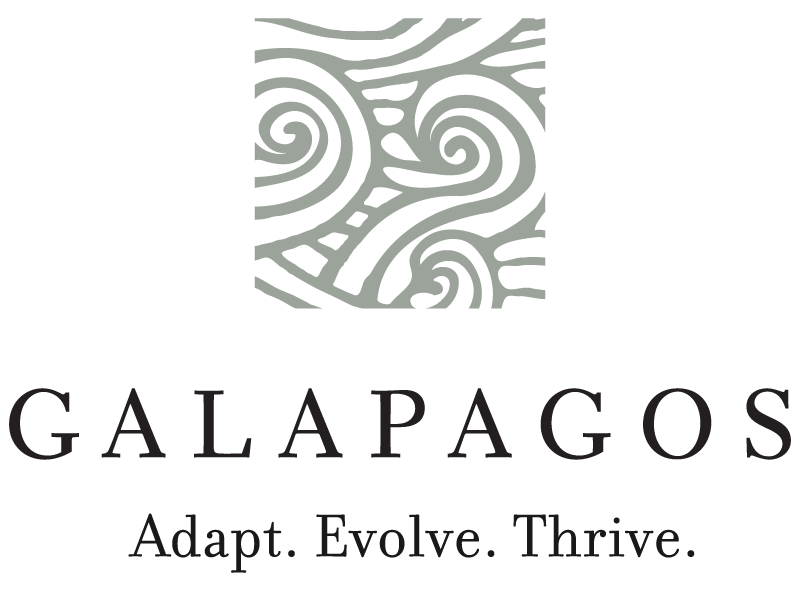Culture is more than a buzzword. This intangible element may be difficult to describe, but it’s not difficult to pinpoint an organization’s culture once you’ve experienced it. There’s really no substitute for having a strong positive culture: time and again, studies have shown that when people share core values, and believe in a company’s purpose, vision, and mission, they become more engaged.
SO WHAT IS CULTURE AND WHY DOES IT MATTER?
For the sake of this post, we’ll define culture as the set of shared attitudes, values, goals, and practices that characterizes an organization. And a company with a strong culture just performs better. The Denison Culture Study illustrates that performance. In a study of 3,000 firms, Denison discovered the link between the cultural strength of an organization and its performance. Organizations in the lower 25% saw sales growth of about 7.5% - but companies in the Top 25 experienced growth at 24.8%! Similarly, James Heskett and John Kotter explored corporate culture and performance with comparable results, with those companies with a strong culture performing expontentially better than their weaker cultured counterparts.
Revenue growth aside, the benefits of identifying and implementing a strong culture within your financial institution are many, with talent attraction and retention topping the list. Organizations that have a positive corporate culture also have happier employees – they’re less stressed, more likely to be brand ambassadors, and they miss less work. Win-win.
CULTURE EATS STRATEGY FOR BREAKFAST
Galapagos is a strong proponent of having a clearly articulated strategy. We’ll also be the first to tell you that a strategy without the necessary underlying culture is doomed to fail. Just ask Wells Fargo. The corporate emphasis on unrealistic sales goals set into motion questionable business practices by the bank’s branch management and staff - and Wells Fargo is still paying the price. In addition to fines, legal fees and a damaged reputation, in a recent Galapagos Brand Awareness Study, the majority of respondents said they would not consider Wells Fargo for future account needs.
YOUR WHY IS YOUR NORTH STAR
Taking the time to establish Purpose, Vision, and Mission statements is integral to your culture and brand. Employees and customers alike want to work with an organization they can relate to – one that represents their values. Understanding WHY you do what you do creates a roadmap – crafting a meaningful set of statements and communicating them to the entire company allows everyone to know where you’re going, why you’re going, and how you’re going to get there.
THERE ARE NO SILVER BRAND BULLETS
There will always be banks that try to skip that step. But without thorough analysis and careful thought in the process, a rebrand will likely get you a beautiful logo and some pretty signage, but does nothing more than mask the true nature of your organization. Employees and customers will see through that façade – authenticity is critical.
WHAT COMES FIRST? CULTURE OR BRAND?
A great brand must be built upon a strong, truly differentiating culture. How do you know if your culture is a differentiator or a roadblock? This question is crucial to the process because your brand is more than just the pretty visual elements; it is your voice, it is the customer experience, it’s how you deliver your products and service and why. Because this question is so essential, we follow a very thorough process when we work with clients.
1. Internal examination
Complete an in depth internal examination of the culture. Seek concrete examples of when your organization felt truly at its best. What did that look like? How did that make the customer or community feel? Now take these examples and distill them down to identify defining values. Are these values differentiating? Do they matter to customers, and if so, why?
2. Understanding perception
When it comes to understanding perceptions of your organization, the thoughts of management, alone, aren’t enough. Talk to your employees. Talk to your customers – ask them why they chose you. Reach out to your market and gauge their awareness – what do they think of you, if they think of you at all?
3. Define and evaluate your Purpose, Vision, and Mission
Use those defining values from step one to re-examine your vision and mission. Remember: Your Vision is HOW you do it. And your Mission is WHAT you do. But it is your Purpose that defines for your people and your customers WHY you do what you do – and it’s the Why that is most important to both groups. These statements should be more than just something you display on the wall of your corporate office, they should be known and understood throughout your organization as the guide for what each person is there for each day.
4. Develop new brand
Once you’ve done the heavy lifting of study and analysis, now you can move on to the next step: Developing that brand. Crafting a brand that speaks to your direction becomes a much more logical process once you’ve put in the time and done the work to clarify the direction.
5. Strengthen internal processes to support
No purpose statement or brand can stand on its own – they have to be communicated to and experienced by associates and customers every day. Processes should be put in place to support the integration of your values into your corporate culture, so that the culture can deliver the brand on a daily basis. The goal is to incorporate the company’s values into all aspects of your business so there’s a cohesion between brand, customer experience, and culture.
Only after doing this work can you hope to differentiate your bank in the market and achieve the superior performance that follows.


